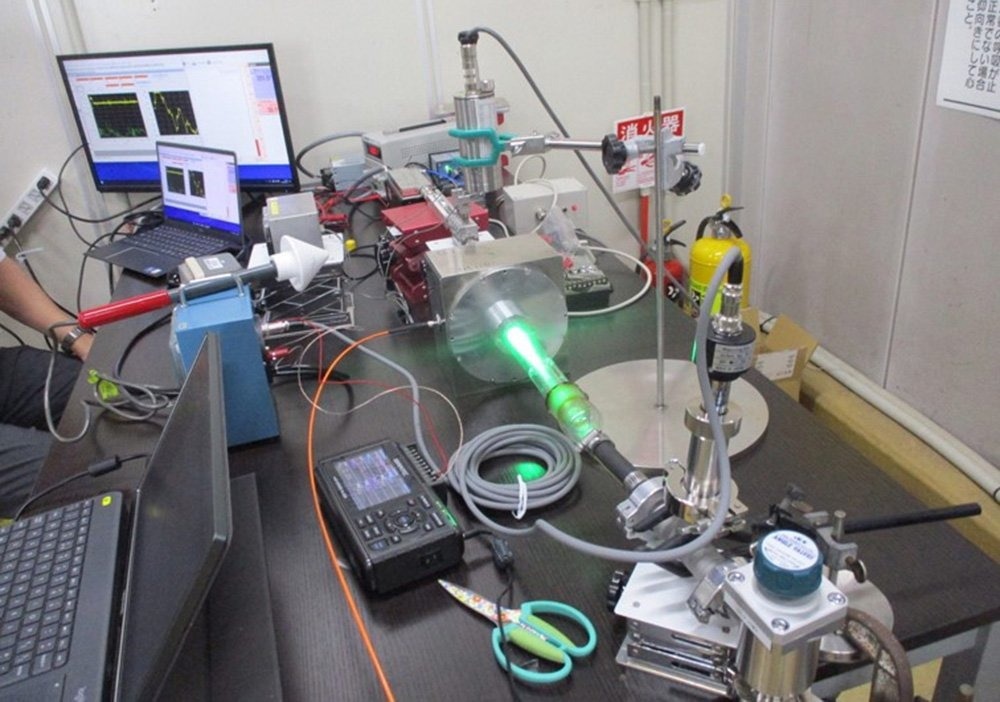Plasmas are hot gases made of metal ions and electrons, which are extensively utilized in several chemical synthesis processes, manufacturing procedures, and metal extractions from ores.

Directly excited metal plasma. ©S. Fujii et al.
At the Tohoku University and the Toyohashi University of Technology, a collaborative research group has created a new and effective technique to make metallic plasmas from solid metals while subjected to a powerful magnetic field in a microwave resonator.
The researchers reported their innovation in the AIP Advances journal.
In the majority of the traditional techniques for making plasmas, a strong electric field has been employed for liquids or gases.
Tremendous amounts of energy are required for this process. In recent years, microwave radiation has also been controlled to produce plasmas, as it transforms atoms into a form that could more efficiently drive needed chemical processes, among other benefits.
At present, the plasmas produced by microwaves are utilized in commercial processes, such as diamond deposition, semiconductor manufacturing, and to release metals from their ores.
So far, this has included multi-mode microwave generators, which produce a chaotic distribution of microwaves. One main advance achieved by the research group is to apply a single-mode microwave generator to generate their metal plasmas. This makes more controlled and highly focused microwaves.
We expect our process could significantly improve the efficiency of plasma techniques in many applications, and enhance profitability in the commercial arena.
Jun Fukushima, Chemist, Department of Applied Chemistry, Graduate School of Engineering, Tohoku University
Fukushima discovered the method with electronic engineer Satoshi Fujii.
One considerable difficulty that was encountered by the scientists was that their initial plasmas could not be stabilized for over 10 minutes. Hence, the scientists redesigned the equipment, thereby achieving much longer stability.
The more innovative system consists of a double quartz tube made of the solid material that is shifted into the plasma sitting inside the inner tube.
The scientists predict their technology will be beneficial for extracting pure rare earth metals from their ores. Such metals, like lanthanum, cerium, and neodymium, are turning out to be extensively utilized in large-scale applications, such as the manufacture of rechargeable batteries for electric vehicles.
This is a new and unconventional method for utilizing plasmas, which we consider to be crucial for reducing the energy requirements for future materials science applications.
Jun Fukushima, Chemist, Department of Applied Chemistry, Graduate School of Engineering, Tohoku University
Journal Reference:
Fujili, S & Fukushima, J (2022) Metal ion plasma generation under strong magnetic field in microwave resonator. AIP Advances. doi.org/10.1063/5.0134071.